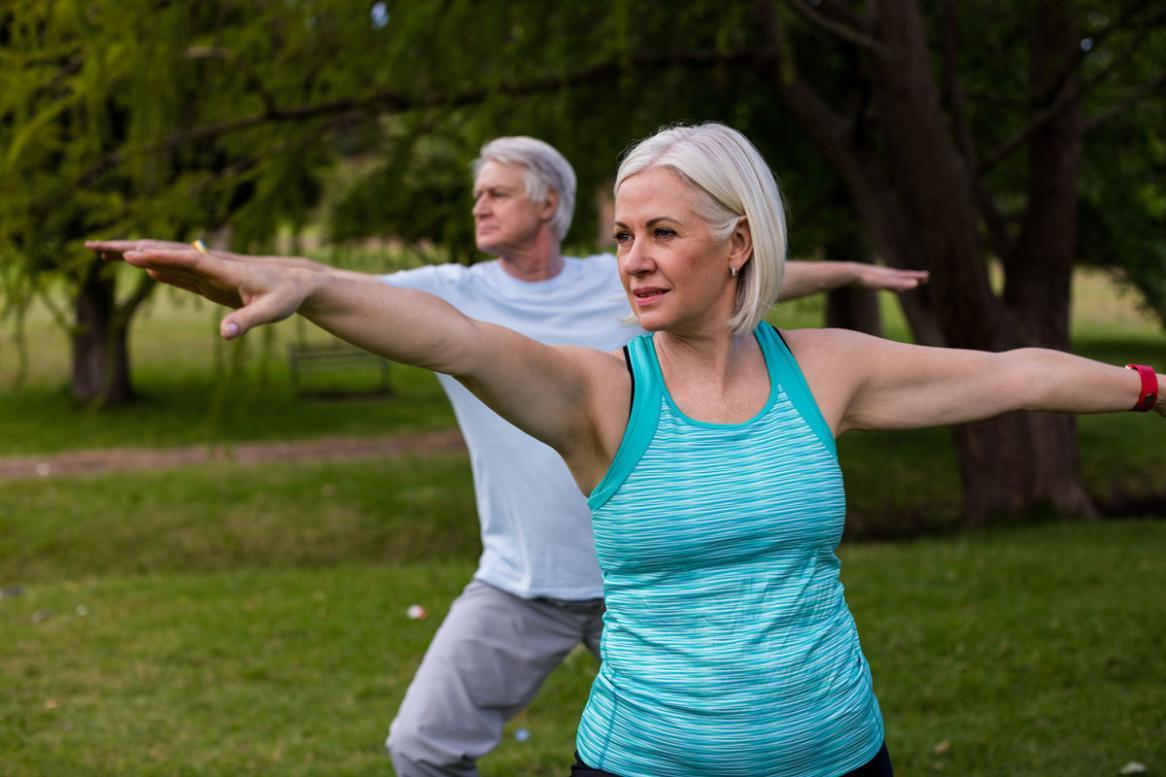What Are the Best Activewear Fabrics for Different Activities?
Activewear fabrics play a crucial role in enhancing your workout experience and overall performance. Choosing the right fabric for different activities can make a significant difference in your comfort, breathability, and ability to move freely. This article explores the various types of activewear fabrics, their properties, and how to select the best fabric for specific activities.

Definition Of Activewear Fabrics
Activewear fabrics are specialized textiles designed to provide comfort, breathability, and support during physical activities. They are typically lightweight, moisture-wicking, and stretchy to allow for freedom of movement. Activewear fabrics are often treated with antimicrobial and odor-resistant finishes to keep you feeling fresh and prevent the growth of bacteria.
Importance Of Choosing The Right Activewear Fabric For Different Activities
Selecting the right activewear fabric for different activities is essential for several reasons:
- Comfort: The right fabric can provide optimal comfort and prevent chafing, irritation, and discomfort during exercise.
- Breathability: Breathable fabrics allow air to circulate and help regulate body temperature, keeping you cool and dry during intense workouts.
- Moisture-wicking: Moisture-wicking fabrics draw sweat away from the skin, keeping you dry and preventing the buildup of moisture, which can lead to discomfort and chafing.
- Flexibility: Stretchy and flexible fabrics allow for freedom of movement and support during various exercises.
- Durability: Durable fabrics can withstand the wear and tear of regular workouts and maintain their performance over time.
Key Factors To Consider When Choosing Activewear Fabrics
When selecting activewear fabrics, consider the following key factors:
- Activity Type: Different activities have different requirements. For high-intensity workouts, choose fabrics that are moisture-wicking and breathable. For low-intensity activities, comfort and flexibility are more important.
- Climate and Weather Conditions: Consider the climate and weather conditions where you'll be exercising. Choose fabrics that are appropriate for the temperature and humidity levels.
- Personal Preferences: Consider your personal preferences for comfort, style, and fit. Some fabrics may feel more comfortable against your skin than others.
- Care and Maintenance: Some fabrics require special care and maintenance, such as hand washing or delicate cycles. Choose fabrics that are easy to care for and maintain.
Types Of Activewear Fabrics

Activewear fabrics can be broadly categorized into three main types:
Natural Fibers
- Cotton: Cotton is a natural fiber known for its breathability, softness, and comfort. It is often used in activewear for low-intensity activities or as a blend with synthetic fibers.
- Merino Wool: Merino wool is a natural fiber that wicks moisture, regulates temperature, and resists odor. It is an excellent choice for outdoor activities and cold-weather workouts.
Synthetic Fibers
- Polyester: Polyester is a synthetic fiber that is durable, wrinkle-resistant, and moisture-wicking. It is commonly used in activewear for high-intensity workouts and outdoor activities.
- Nylon: Nylon is a synthetic fiber that is strong, lightweight, and quick-drying. It is often used in activewear for swimwear, running tights, and other high-performance garments.
- Spandex: Spandex is a synthetic fiber that is stretchy, flexible, and form-fitting. It is often used in activewear for yoga pants, leggings, and sports bras.
Blended Fabrics
- Cotton/Polyester Blends: Cotton/polyester blends combine the comfort of cotton with the performance of polyester. These blends are often used in activewear for a balance of breathability and moisture-wicking properties.
- Merino Wool/Synthetic Blends: Merino wool/synthetic blends offer the benefits of both natural and synthetic fibers. These blends provide moisture-wicking, temperature regulation, and odor resistance.
Choosing The Right Activewear Fabric For Different Activities
The type of activewear fabric you choose should depend on the specific activity you'll be engaging in:
High-Intensity Activities (Running, Cycling, HIIT)
- Look for fabrics that are moisture-wicking, breathable, and quick-drying.
- Avoid fabrics that are too heavy or restrictive.
- Synthetic fabrics like polyester and nylon are often good choices for high-intensity workouts.
Low-Intensity Activities (Yoga, Pilates, Walking)
- Choose fabrics that are comfortable, stretchy, and allow for freedom of movement.
- Consider fabrics that are moisture-wicking and breathable.
- Natural fibers like cotton and merino wool or blends of natural and synthetic fibers can be suitable for low-intensity activities.
Outdoor Activities (Hiking, Camping, Skiing)
- Select fabrics that are weather-resistant, durable, and offer protection from the elements.
- Look for fabrics that are moisture-wicking and quick-drying.
- Synthetic fabrics like polyester and nylon or blends with natural fibers can provide good performance for outdoor activities.
Additional Considerations
- Personal Preferences: Consider your personal preferences for comfort, style, and fit. Some fabrics may feel more comfortable against your skin than others.
- Climate and Weather Conditions: Consider the climate and weather conditions where you'll be exercising. Choose fabrics that are appropriate for the temperature and humidity levels.
- Care and Maintenance: Some fabrics require special care and maintenance, such as hand washing or delicate cycles. Choose fabrics that are easy to care for and maintain.
Recap Of Key Points
- Choosing the right activewear fabric for different activities is essential for comfort, breathability, and performance.
- Consider factors such as activity type, climate, personal preferences, and care and maintenance when selecting activewear fabrics.
- Natural fibers like cotton and merino wool offer comfort and breathability, while synthetic fibers like polyester and nylon provide moisture-wicking and quick-drying properties.
- Blended fabrics combine the benefits of natural and synthetic fibers.
- Match the fabric to the specific activity for optimal performance and comfort.
By understanding the different types of activewear fabrics and their properties, you can make informed choices that enhance your workout experience and overall performance.
YesNo

Leave a Reply